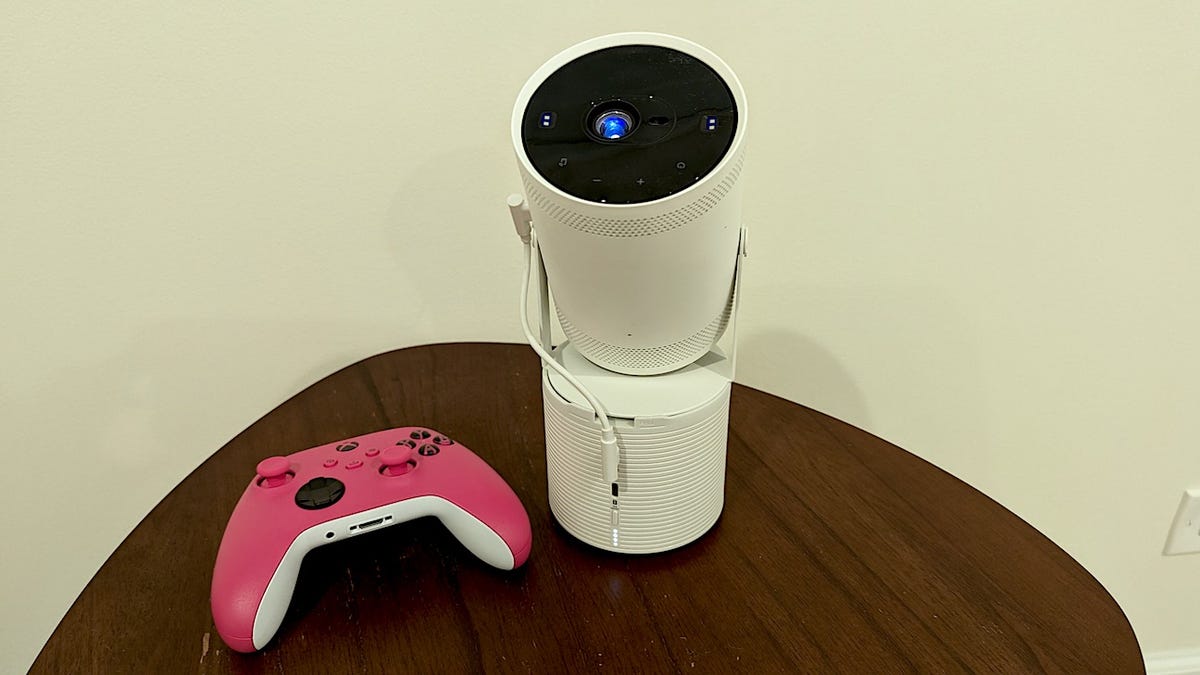BOOK THIS SPACE FOR AD
ARTICLE ADPuppet is a great DevOps program for managing multiple servers, but it wants to do more than automating server setup, program installation, and system management. The Portland, Oregon-based open-source company wants to automate processes across any cloud infrastructure -- as well as all tools and APIs -- with its new cloud-aware DevOps program Relay.
Abby Kearns, Puppet's newest CTO, explained: "We've heard from customers over and over again that they are drowning in an unsustainable volume of external events - cloud events, GitHub events, monitoring alerts, tickets, incidents, and others. Historically, to manage this, they had to manually perform a disparate set of actions across various cloud providers, container platforms, CI/CD tools, config management tools, as well as hundreds of APIs."
That is not, in any way, shape, or form easy. Today's DevOps engineers must deal with dozens of new tools and technologies--containers, serverless applications, and APIs--besides their existing infrastructure. With the ever-increasing number of tickets, monitoring alerts, and incident reports, DevOps pros are often overwhelmed.
Too many DevOps and orchestration tools have created a "DevOps dumping ground." Engineers must co-ordinate manually the disparate services or cobble together homegrown fixes. In a way, despite all of DevOps' innovations, the rise of cloud complexity has led to a return to the days where you had to write your own shell scripts to solve every problem.
Deepak Giridharagopal, Puppet CTO said. "Many engineers try to create their own one-off automation tools or integration hubs, but this is inefficient and risky. Relay replaces this home-grown digital duct tape with reusable, proven, automated workflows. It's like IFTTT, but for DevOps."
Relay, Puppet promises, will relieve "engineers of manual processes by listening to signals from disparate tools to automate workflows, freeing up time to focus on more valuable initiatives."
Kearns expanded on this:
"Relay can manage all of these tools and services. Additionally, we created the ability to deliver a repeatable and consistent environment, rather than relying on developers to build their own custom glue logic. Relay essentially replaces the home-grown digital duct tape with reusable, automated workflows.
"Not only does it align with our mission to automate away the mundane aspects of developers' jobs, but it drives forward our vision of continuous automation - whether that's a task, event, or model-driven. Relay also bridges us into the cloud-native landscape, which is key for enterprises that are moving more workloads to cloud-native infrastructure."
Alex Bilmes, Puppet's VP of Growth, added, "Today's tools are focused on analyzing and responding to historical data. In contrast, Relay enables real-time reactions to events as they occur. Relay intelligently responds to external signals by combining event-based triggers with a powerful workflow engine in a single platform."
Specifically, Relay will connect dozens of cloud platforms, tools, and APIs tha tDevOps engineers already use, including PagerDuty, GitHub, Datadog, Jira, Terraform, Slack, and more. By listening to triggers from these services, Relay can address a wide variety of cloud automation use cases. This includes:
Security: Enforce security controls across your infrastructure, such as ensuring cloud storage buckets are secured, volumes are encrypted, or that unused SSH keys are removed from the account.Cost optimization: Proactively delete underutilized cloud resources across AWS, Azure, and GCP such as unattached volumes, unused load balancers, and untagged instances that contribute to expensive monthly bills.Incident response: When new incidents arise, Relay extends PagerDuty or VictorOps by automatically remediating known issues or running diagnostic actions with Bolt.
Continuous delivery: Connect Relay to Docker Hub or GitHub to automatically provision cloud infrastructure with Terraform or Pulumi and deploy the latest versions of your microservices to Kubernetes, Google Cloud Run, AWS Lambda and other platforms.
Operations: Delete old snapshots, alert on quota usage, report on resource utilization, and more.
I, along with many DevOps engineers, cloud administrators, and sysadmins, look forward to seeing if Relay can live up to its promise.
"With the rise of DevOps, the portfolio of tools aimed at addressing developer and operator needs has exploded over the last decade," said Stephen O'Grady, RedMonk Principal Analyst in a statement. "This has led, in turn, to rampant fragmentation and highly complex, disjointed workflows. Organizations that prize velocity, therefore, are beginning to rethink their developer experience and looking for ways to automate and integrate the different touchpoints. This is the opportunity that Relay is built for."
Related Stories:
Abby Kearns takes over as Puppet CTOHow Puppet plans to bring more automation to a cloud-native worldPuppet announces public beta of Project Nebula for deploying cloud-native apps.png)
 4 years ago
264
4 years ago
264 













 Bengali (Bangladesh) ·
Bengali (Bangladesh) ·  English (United States) ·
English (United States) ·